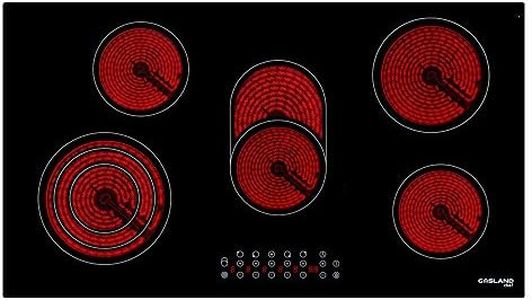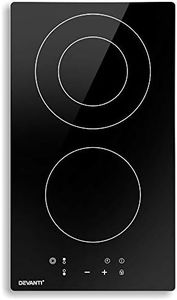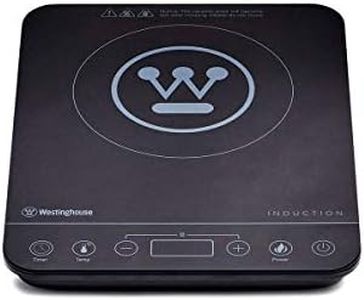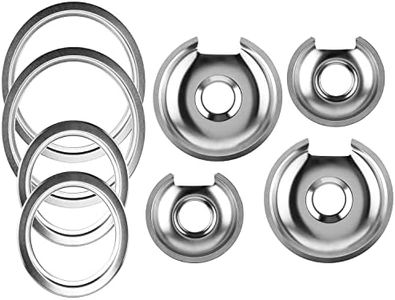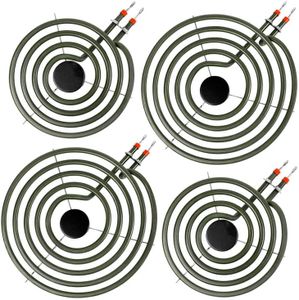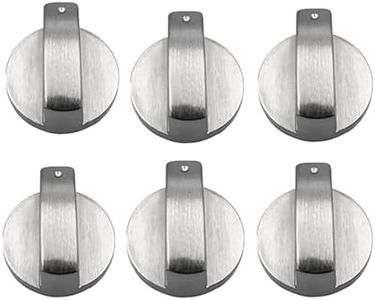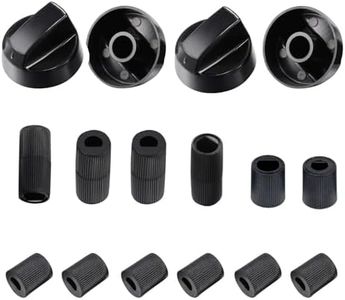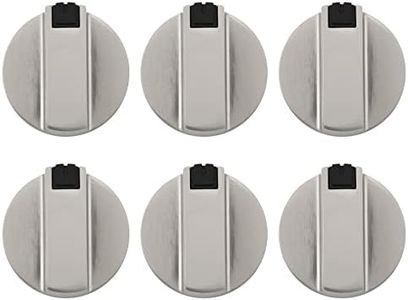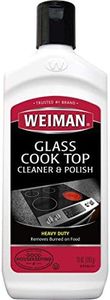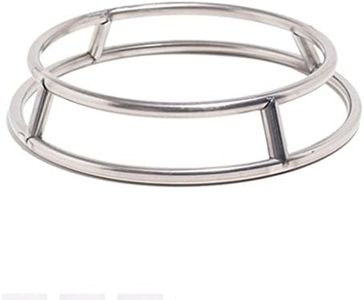We Use CookiesWe use cookies to enhance the security, performance,
functionality and for analytical and promotional activities. By continuing to browse this site you
are agreeing to our privacy policy
10 Best Electric Ranges
From leading brands and best sellers available on the web.Buying Guide for the Best Electric Ranges
Choosing the right electric range is all about understanding your cooking habits, kitchen space, and desired features. Electric ranges are a staple in many homes, offering consistent heat and a clean cooking experience. Before picking one, think about your cooking style, the size of your household, and the types of meals you prepare most often. It's also good to consider ease of cleaning and whether you prefer a traditional or more modern look. By focusing on the key specifications, you can find an electric range that fits your daily needs and enhances your kitchen.Cooktop TypeThe cooktop of an electric range can be coil, smooth-top (glass-ceramic), or induction. This spec is important because it influences how quickly and evenly your food heats up, as well as how easy the surface is to clean. Coil tops are more traditional, generally affordable, and easy to repair, but cleaning can be tricky. Smooth-top surfaces look sleek and are much easier to wipe clean, but they may scratch and require special care. Induction cooktops heat pots directly for faster, more precise cooking, but they require compatible cookware. Your choice should reflect your priorities: if you want easy cleaning and modern looks, smooth-tops or induction are ideal, but if durability and simplicity are key, coils may be best.
Oven CapacityOven capacity refers to the amount of space available inside for cooking or baking. It's measured in cubic feet. Larger capacities are useful if you often cook for many people or enjoy baking big dishes, while smaller ovens heat up faster and suit compact kitchens or singles and couples. Capacity typically ranges from around 4.5 to 6.5 cubic feet; under 5 is considered small, 5-6 is medium, and over 6 is large. Pick a size that matches how often you entertain, your favorite recipes, and your available kitchen space.
Number and Type of BurnersMost electric ranges offer four to five burners, and some have specialized elements like high-powered burners for boiling or low-heat ones for simmering. This matters because having more elements or varied power levels lets you cook multiple dishes at once and match the heat level to your needs. If you typically cook complex meals or need to juggle many pots, more and varied burners are helpful. For basic meals, a standard four-burner model may suffice.
Control InterfaceThe control interface includes the knobs, touchpads, and displays used to operate your range. Controls can be simple knobs, digital touchpads, or a combination. This spec is important for convenience and safety: knobs are straightforward but can get messy; touchpads may offer more precise temperatures and timers but can be less intuitive for some users. Think about what feels comfortable and reliable for you—a simple interface works best for straightforward cooking, while touch controls might suit those who like extra features.
Self-Cleaning OptionsMany modern electric ranges offer self-cleaning features to burn away food spills and make cleaning easier. There are typically high-heat (pyrolytic) and steam-clean options. High-heat cleaning is very effective but uses a lot of energy and generates heat; steam-cleaning is gentler and faster but may not handle tough stains as well. Choose based on how much you value hassle-free cleaning—regular bakers and those who dislike scrubbing should look for robust self-cleaning.
Convection CookingConvection ovens use a fan to circulate hot air, promoting even cooking and faster baking or roasting. This matters if you cook multiple trays at once or want crisp, evenly cooked food. Not all electric ranges have convection, but those that do usually offer a standard or 'true convection' mode. Go for convection if you bake and roast frequently or notice uneven results with traditional ovens.
Size and FitRanges are most often 30 inches wide but can vary, so measuring your available space is crucial. This specification ensures your new range will fit seamlessly into your kitchen layout. Standard widths are 20, 24, 30, and 36 inches. Always check your cabinetry and make sure to allow for proper ventilation. Pick a range that will fit comfortably without crowding your counters or blocking other appliances.
